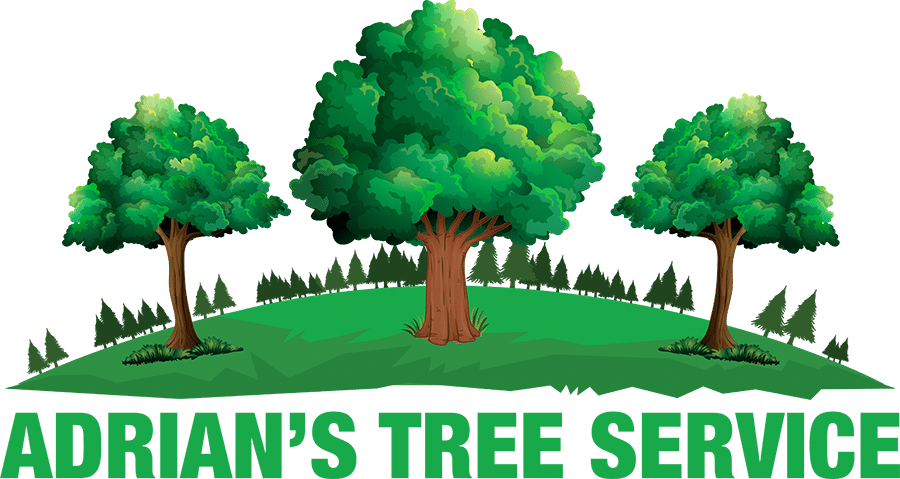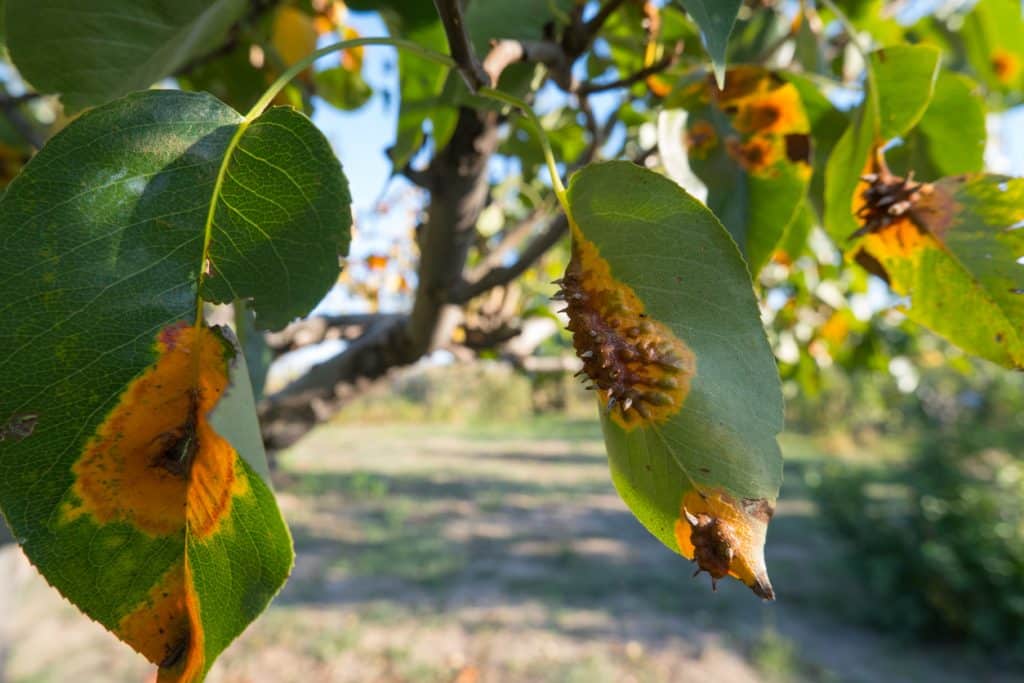Like many living things, when trees are stressed, they are more susceptible to various diseases. Once a tree’s defense system is compromised, one or multiple trees can become infected, which may result in tree death. Here are different ways to identify dangerous tree conditions and what you can do about them.
1. Damaged Limbs
Damaged tree limbs can be broken, hanging, or both. Limb damage isn’t as obvious as other warning signs of disease, so it’s best to hire a professional tree inspector to assess any damage. Diseased trees can have deformed or discolored branches that may have already fallen.
2. Dying Tree Branches or Limbs
Dead tree limbs often fall off trees once they wither, but in some scenarios, these dead limbs remain a part of the tree for many years continuously decaying. This decay can spread to the tree’s live tissue and worsen the tree’s overall condition.
When there are dead or diseased tree limbs in your yard, these limbs can attract rodents, the disease could spread to other trees, and the tree could die, leaving you with an unsightly yard. In addition to these hazards, there’s also the risk of tree limbs and branches falling on your home, resulting in costly repairs.
3. Changes in Tree Bark
Changes in tree bark can occur when multiple stems grow together close, also known as ingrown bark tissues. These ingrown tissues cause trees to create a “V” shape, making the branches more susceptible to splitting or breaking. It’s best to have a professional look at the tree(s) and determine the best course of action.
4. Leaning Trees
Leaning trees can be a cause of concern depending on the location of the tree and the tree’s growth habits. These leaning trees can hover over your home and cause extreme damage if they fall on your home. Trees can lean for different reasons, including:
- Frequent exposure to high winds
- Structure issues
- Soil erosion
- Phototropism
When we inspect leaning trees, we look at the severity of the lean, the tree’s proximity to structures, such as your home, and the health of the tree. The species of the tree is another factor we take into consideration before we decide on the best solution for the problem.
5. Root Damage
Roots are the most vital part of a tree. If the roots experience damage, the tree could die. Tree root damage is often caused by sidewalk construction projects. Signs of root damage can include undersized leaves, wilting, and thinning foliage.
6. Poor Structure
A tree that grows in the forest grows differently from a tree that’s growing in your backyard. Forest trees grow tall and don’t have as many branches as trees that grow outside of a forest. Trees that have poor structure are often the first to tall or experience damage during a storm. You’ll need a professional tree inspector to determine if one or more trees currently pose safety risks or different risks in the future.
Adrian’s Tree Service is your local tree professional serving Walled Lake, MI and surrounding areas. Reach out to us today for all your tree removal needs!




